Introducing CleanCloud, An Intelligent Sanitization Suite
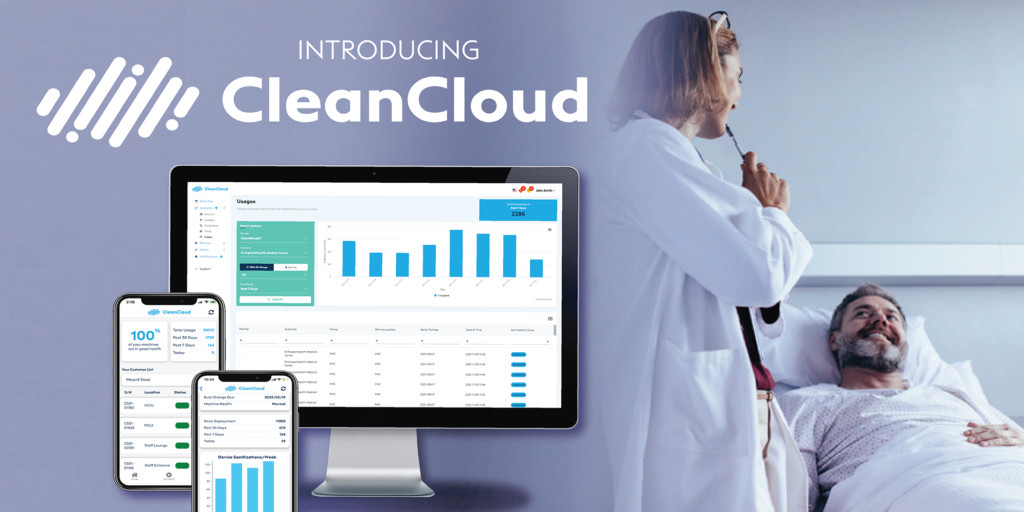
CleanSlate UV is pleased to launch, CleanCloud, a real-time monitoring and analytics to gain complete insight on your CleanSlate deployment and improve your sanitization efforts
CleanSlate UV Partners with Mero Technologies
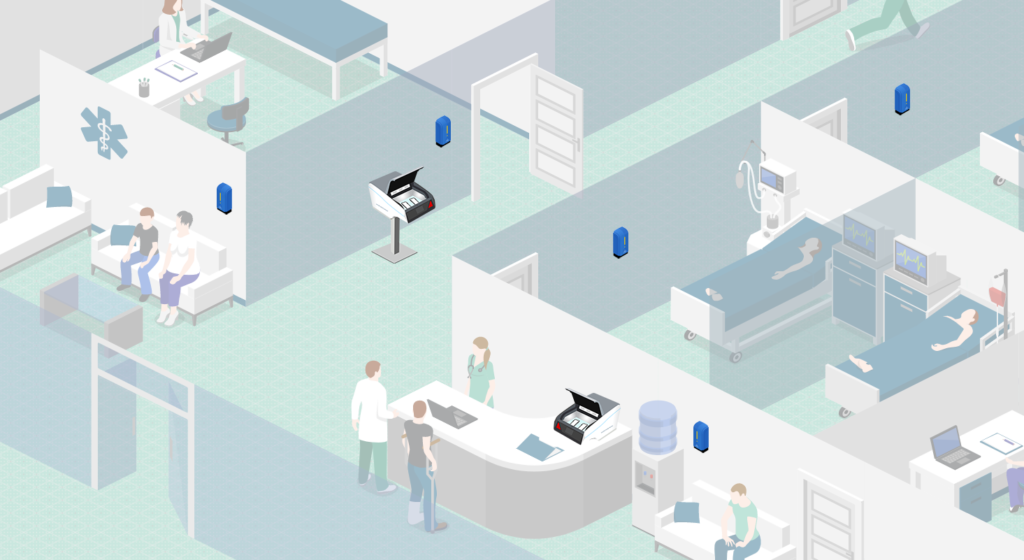
CleanSlate UV is pleased to announce its partnership with Mero Technologies, an IoT company providing smart sensor technologies, to enable intelligent sanitization within hospitals.
A Big Step Towards a Safer Hospital [Sneak Peak]
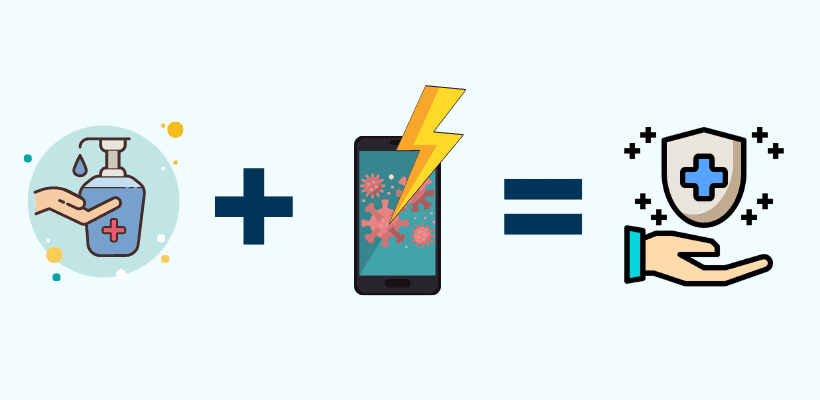
Seven years ago, we started CleanSlate UV with one simple goal: to ensure that no one gets sick from the germs on mobile devices. We decided to focus on mobile devices for two simple reasons: They were a rapidly-growing challenge for hospitals. Smartphones, tablets and other devices were set for rapid adoption, but few solutions […]
SARS-CoV-2 Efficacy Report

Testing supports CleanSlate UV efficacy against SARS-CoV-2 on non-porous surfaces in only 20 seconds.
CleanSlate UV Update to All Clients on Regulatory Info
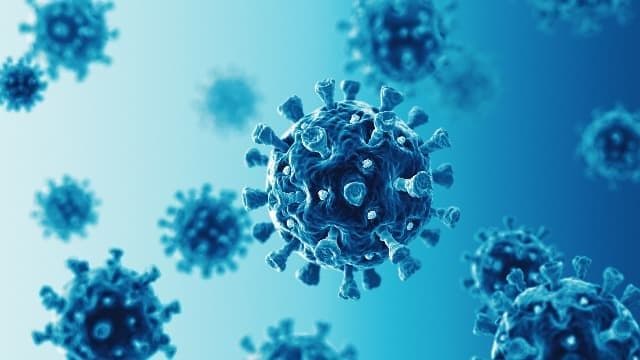
Summary CleanSlate UV is a pesticide device regulated by the Environmental Protection Agency (EPA) under the Federal Insecticide, Fungicide, and Rodenticide Act (FIFRA). CleanSlate UV frequently monitors and adjusts claims in response to evolving government guidance. The Federal Drug Administration (FDA) Agency has recently clarified that UV-C devices are not considered cleared for disinfection of […]
Airports and CleanSlate UV Partner to Sanitize Passenger Cell Phones at Albany Int’l Airport
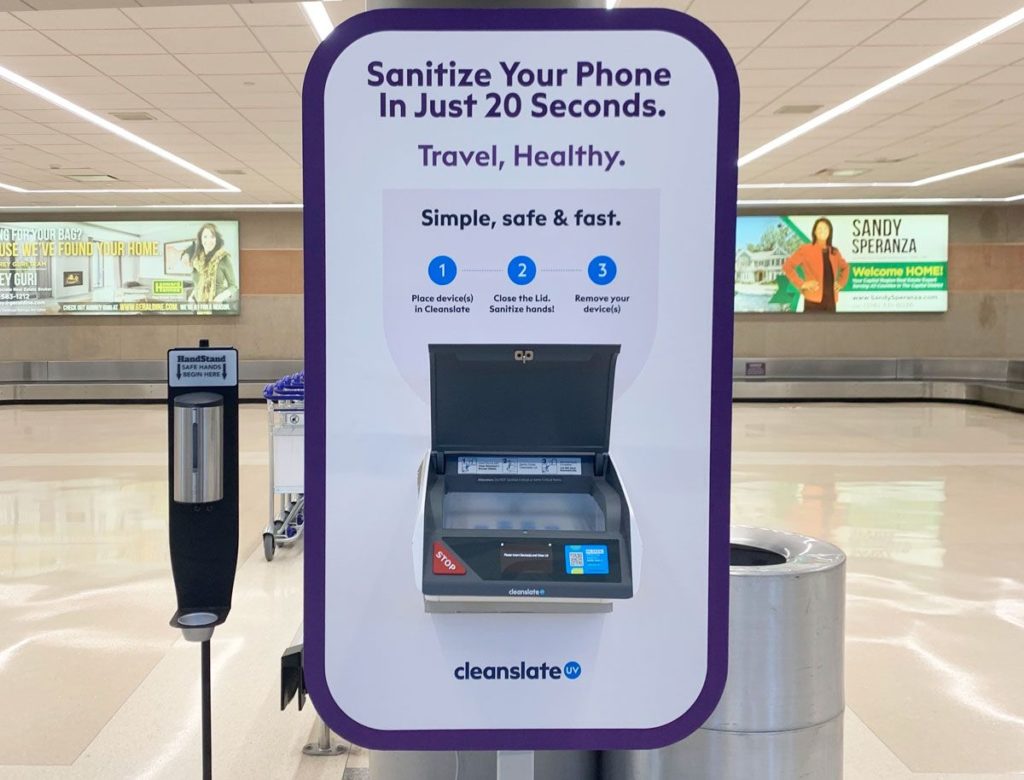
Partnership will allow airport passengers to disinfect cell phones, tablets and other devices in just 20 seconds using UV light. Avports and CleanSlate UV have announced a pilot initiative to provide cell phone sanitizing stations at Albany International Airport. The pilot is part of Avports’ Safe Hands initiative to keep spaces sanitized and support traveller’s and […]
CleanSlate UV Proves 99.995% Effective Against SARS-CoV-2 on Cell Phones and Other Mobile Devices.

CleanSlate UV, a global leader in UV sanitization, announced today that it has proven to inactive 99.995% of SARS-CoV-2 on non-porous surfaces in only 20 seconds. SARS-Co […]
CleanSlate UV Joins International Ultraviolet Association
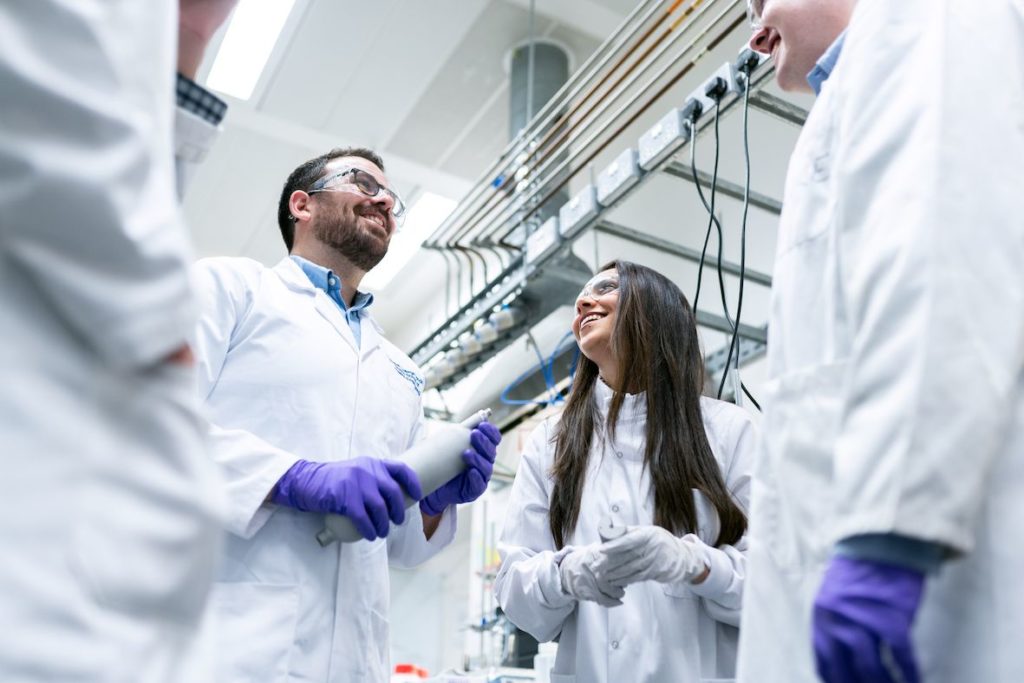
CleanSlate UV is pleased to officially announce its membership to the International Ultraviolet Association, a global UV educational and advocacy authority dedicated to t […]
10 Suggestions for Reopening Businesses In the Age of Covid-19

This blog speaks about some of the steps to consider while reopening your business during COVID 19.
Are we aware how contaminated our mobile phones are with nosocomial pathogens?

Abstract Background The objective of this study was to determine the contamination rate of the healthcare workers’ (HCWs’) mobile phones and hands in operating room and ICU. Microorganisms from HCWs’ hands could be transferred to the surfaces of the mobile phones during their use. Methods 200 HCWs were screened; samples from the hands of 200 […]

